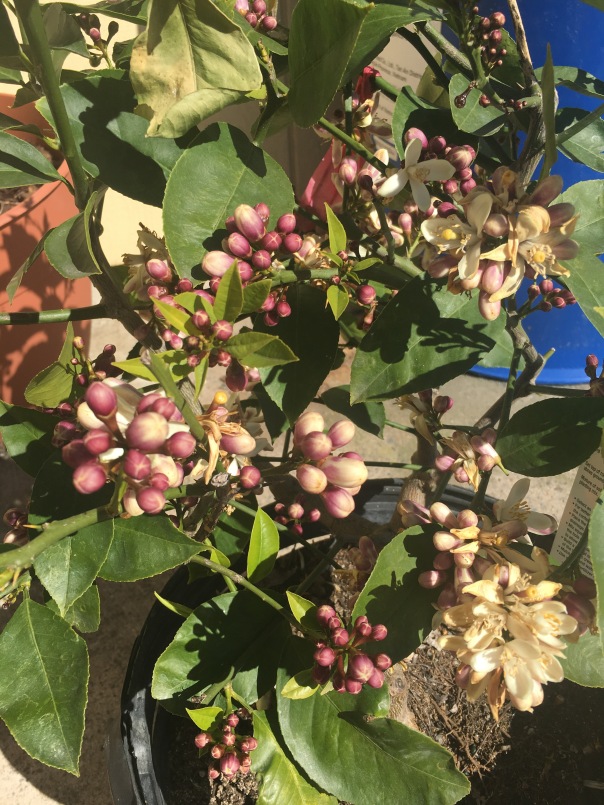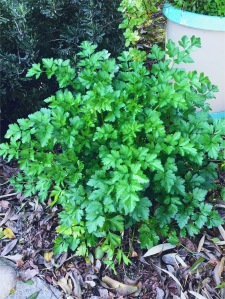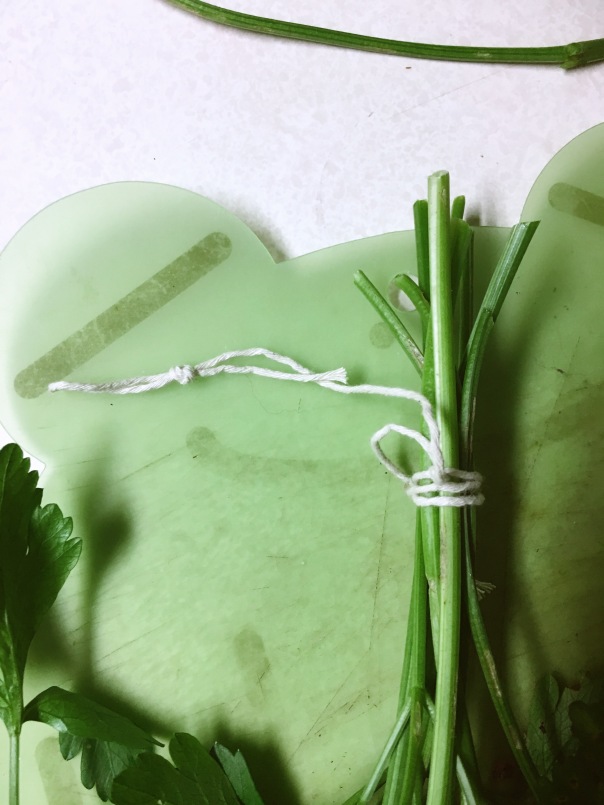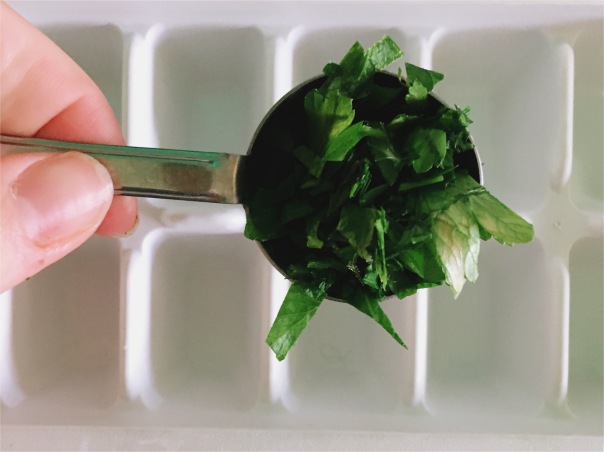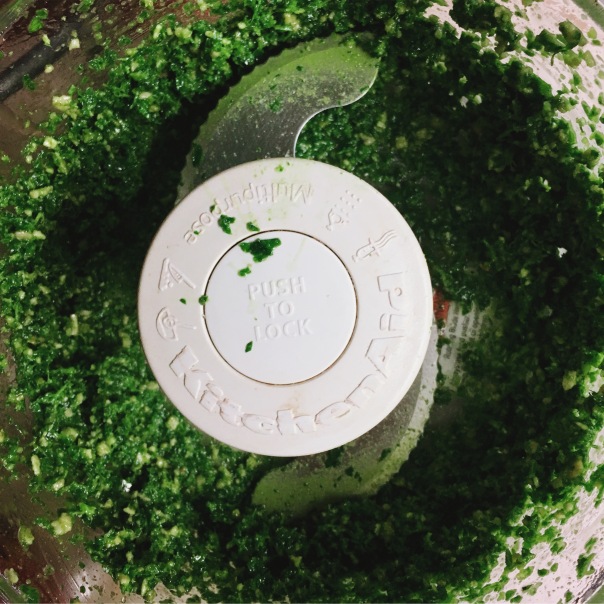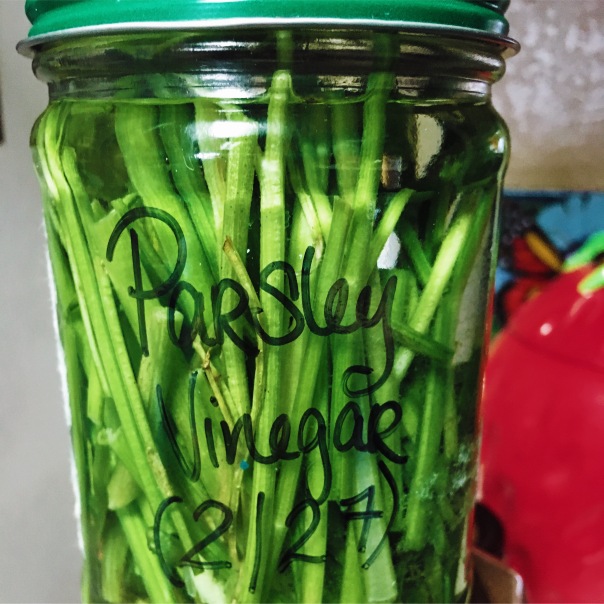
And so continues the parade of slightly ugly, not-too-sweet snack desserts. These are a take on a take on a take on Lebanese semolina cakes, and updated to be lighter. If you don’t have the orange blossom water, you can find it in middle eastern markets, some higher end grocery stores, or just add in a little extra orange or lime juice.
- 1 cup all purpose flour
- 1/3 cup semolina flour
- 1/2 tsp salt
- 1/2 tsp baking powder
- 1/4 tsp baking soda
- 2 eggs
- 1 tbsp orange zest*
- 1/4 cup orange juice*
- 1/2 cup olive oil
- 2/3 cup almond (or regular) milk
- 1 tsp orange blossom water
- Half an orange, sliced thinly into either 12 or 18 thin pieces, for garnish*
*I was able to get all of this out of one largeish navel orange, but your mileage may vary.
Makes 12 large muffins, or 18 tea cakes, like the ones in the picture
- Preheat oven to 350.
- Grease a muffin tin very well, or add liners to the cups. (I did not grease as well as I should have, and so they were a bit of a mess.)
- Combine all the dry ingredients and whisk together
- Combine all the wet ingredients. Use an electric mixer or hand whisk until slightly frothy.
- Add wet ingredients to dry ingredients. Stir until just combined. The semolina flour will leave a few lumps–that is ok. The batter will be on the thin side. Let it sit for five minutes to let the semolina absorb some of the liquid.
- Pour the batter into the muffin cups and garnish each muffin with a small slice of orange. (This isn’t required, but the mix of sharp orange peel and fruity olive oil is wonderful.)
- Bake for 20-25 minutes or until a toothpick inserted near the center comes out clean.
These cakes have a moist, tender, almost pudding-like interior, and a light crisp exterior. They’re not very sweet-more of a snack than a dessert, and have that unmistakable taste of semolina.
Nutrition Information:
| Servings 18.0 | |
| Amount Per Serving | |
| calories 120 | |
| % Daily Value * | |
| Total Fat 9 g | 14 % |
| Saturated Fat 1 g | 7 % |
| Monounsaturated Fat 6 g | |
| Polyunsaturated Fat 1 g | |
| Trans Fat 0 g | |
| Cholesterol 21 mg | 7 % |
| Sodium 65 mg | 3 % |
| Potassium 14 mg | 0 % |
| Total Carbohydrate 8 g | 3 % |
| Dietary Fiber 1 g | 2 % |
| Sugars 1 g | |
| Protein 2 g | 4 % |
| Vitamin A | 2 % |
| Vitamin C | 9 % |
| Calcium | 3 % |
| Iron | 1 % |
